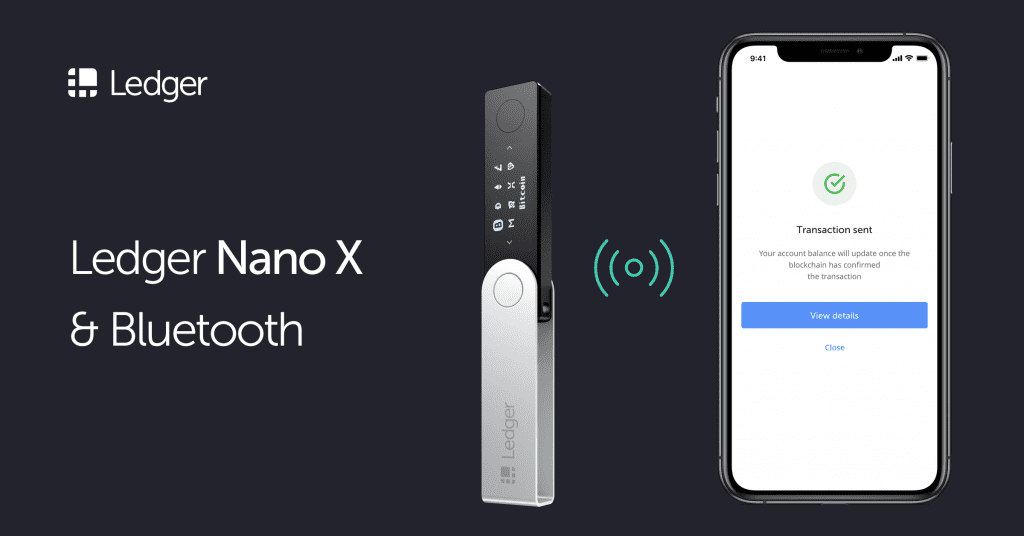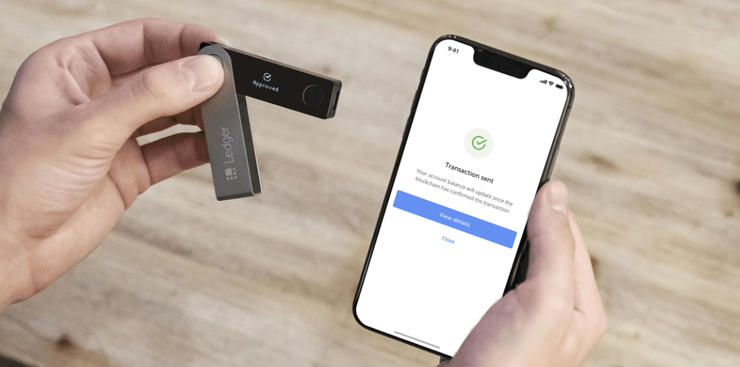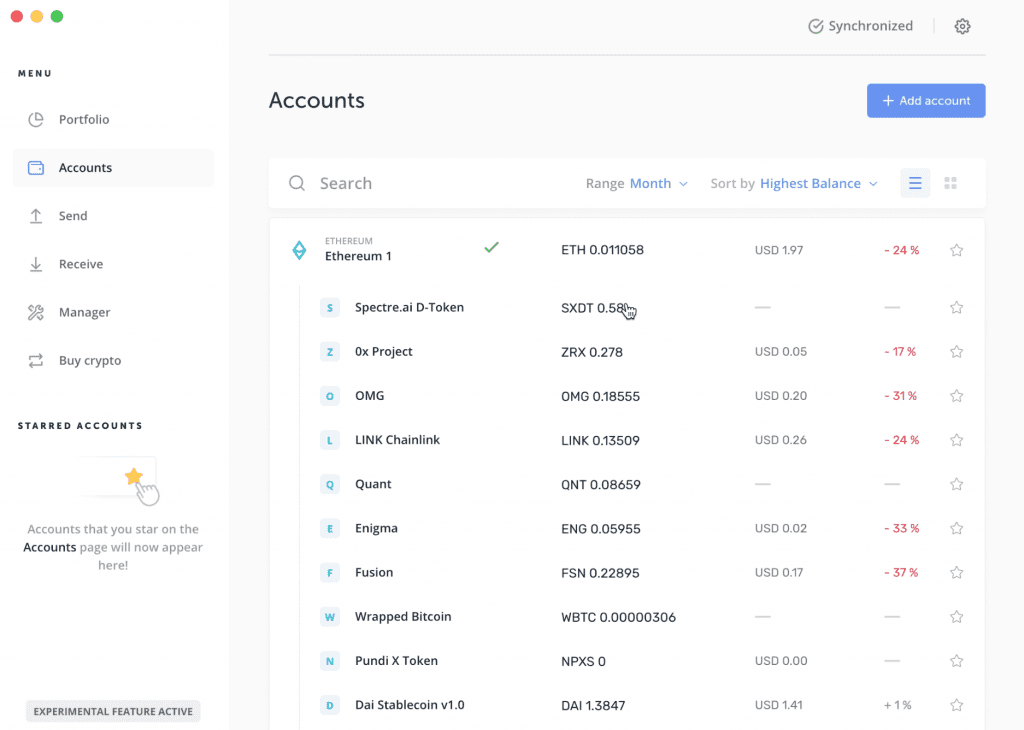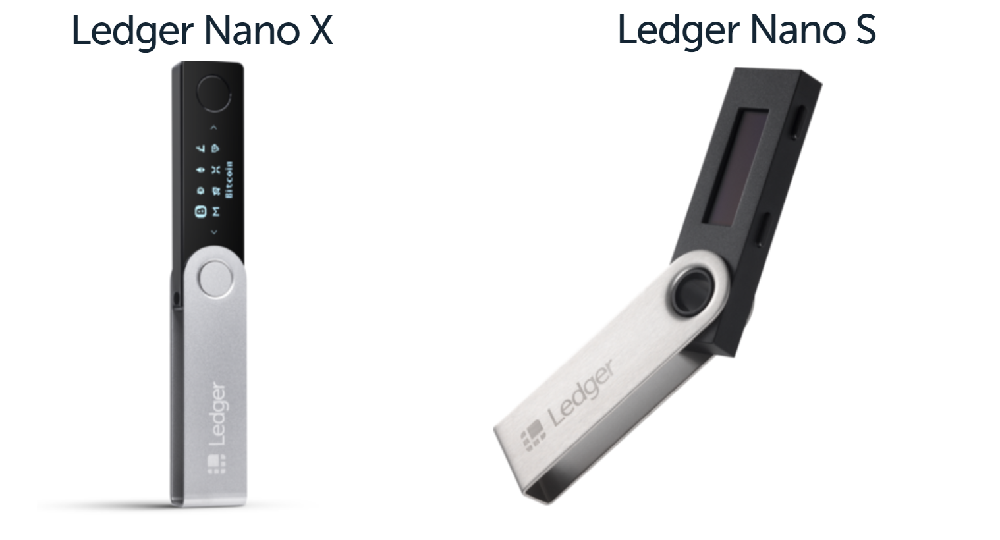Ledger Nano X vs. Ellipal Titan (2020) | Which Wireless Hardware Wallet Is Better?
In this comparison, we are going to do a head-to-head of two of the most competitive and popular new cryptocurrency hardware wallets in this edition of the Ledger Nano X vs. Ellipal Titan. Which one is better? Which one is safer to use? Will it hold the coins I need? Stay tuned for the whole article to find out my final verdict.
I have been using these devices for several weeks now and I have been pleasantly surprised. It wasn’t that long ago when there were really only USB connected devices that we only had the option of in terms of using and managing our hardware wallets, so these innovations and user experience upgrades have been extremely nice to have. Especially with the Ellipal Titan.
As I’m sure you are aware, these are two of the most popular hardware wallets on the market and for good reason. The overall changes to not only the coin support, but the way we interact with these devices has changed dramatically over the last year and these are some of the most fun wireless devices I have used yet.
So, let’s get into some of the specifics of these wallets, and then see which one I would choose I had to only use one! Let’s start with the most popular brand first, The Ledger Nano X.
Ledger Nano X vs. Ellipal Titan: Overview
The Nano X comes beautifully packaged with the device itself, a USB-C cable, a set of instructions and recovery seed cards. The previous bulky buttons that were on top of the device are now seamlessly integrated on it in a way that’s even a bit hard to notice. All in all a beautiful design. The primary features of this device are the bluetooth connection which allows you to manage this device using your smartphone via the iOS and Android app.
Additionally, you can now hodl, store, or manage up to 100 cryptos simultaneously, all without access to your desktop or laptop computer. This is easily it’s best new features, but aside from the upgraded storage capacity and the wireless connectivity, the device itself is now larger, has an integrated 2-function button, and an overall larger screen for verifying transactions. With a trusted device and a more universal charging cable, this makes it much more compelling to spend the extra money to store more coins and one that you can easily take with you as you travel.
Ledger Nano X: Security
Ledger is at the forefront of developing the industry’s device security. How? And in what ways?
CC EAL5+ SECURE ELEMENT
Only Ledger’s devices can claim the French cybersecurity agency ANSSI’s full certification.
The Nano X and Nano S both feature what is called a ‘secure element’. The chip seen below is the next generation chip that comes in the Nano X:
The secure chip meets the CC EAL5+ certification and run’s Ledger’s proprietary BOLOS operating system.
A Secure Element is a secure chip that…embeds intrinsic countermeasures against many known attacks. This kind of chip is tamper-resistant and protects your device to a range of different attacks.”
Ledger User Experience: UI
Honestly, the user experience is a massive upgrade from the Ledger Nano X. With that said, It has a few usability issues that I find to be quite difficult to overcome. Although this device is physically larger than it’s predecessor, it still has a fairly difficult to use early experience.
For example, the screen is still fairly small and still cannot accommodate a QR code for scanning. This may not seem like a big deal, but after using several hardware wallets, it really does make a big difference. Using a QR code is not only safer (because it removes the chance of error from manually typing in a wallet address), but it is incredibly faster and makes the entire of transacting offline, a much easier experience. Although this device has stepped up the quality considerably from it’s latest iteration, I still feel that utilizing an all new form factor could have been beneficial and a little more innovative than replicating their 1st generation device with a few small tweaks.
Ledger Nano X: Coin Support
The Ledger Nano X utilizes the “Ledger Live” dashboard which is a desktop application that allows you to manage all of your coins, portfolio, and potential trades in an easy to use application. You can use this on both an iOS or Android app as well as a desktop.
This app allows you to manage up to 1,100 coins that are supported by the device. However, only about 200 of them are “native” apps. This means that you can manage them directly within the Ledger Live app, without having to connect to a 3rd party wallet, such as MyEtherWallet or MyCrypto. I will leave a link HERE with a list of fully supported coins.
Ellipal Titan: Overview
This is a really unique device and has a very robust form factor that has ratings that rival that of some high-end smartphones. What separates this hardware wallet from the majority of other popular wallets is it’s communication method. So, what do I mean by that? This device has NO: USB Connection, NFC Connection, WiFi Connection, Bluetooth Connection, or Cellular Connection. So, how do you use it? The short answer is: QR Codes.
Ellipal Titan: Security
This is a 100% air-gapped device, so ultimately it is more secure than any other way to interact with a hardware wallet. Period. The device has a tamper-resistant enclosure that includes a self-destruct mechanism for any potential way to access the internals of the device.
It is built in such a way that if anyone tries to break the screen or drill a hole through to device in an attempt to open its internal layout, the private keys will be erased. This is extremely powerful and will ultimately deter people from trying to hack this completely wireless device.
Ellipal Titan: User Experience
This hardware wallet has a camera, a 4-inch full color display, and does not display any balances on the device itself. The portfolio management and execution of the device is managed via a companion iOS and Android app that is used to initiate transactions and allows you to utilize the camera from your smartphone to transfer funds securely to the cold wallet, and vice versa.
I have been using this device for several weeks now, and in my personal opinion, it has been super easy to use and also very secure. I like knowing that my device is essentially indestructible and does not require any other 3rd party connection in order for it to function. This not only makes it very convenient, but it also very secure and eliminates room for error when typing or copying pasting wallet addresses that you are trying to transact with.
Ellipal Titan: Coin Support
This is always the section I check the most when reviewing hardware wallets, because although functionality and security are important, none of that matters unless it supports the coins you want to store offline. So here is the current list of supported coins and the one that are currently in development listed in the below picture.
Ledger Nano X vs. Ellipal Titan Conclusion: Which One Should I Buy?
Overall, both of these wallets have their own unique features and selling points that make them a perfect choice to different people. But, which one should I buy? That unfortunately, is not a simple black and white answer. The questions you need to ask yourself are: “Does this hardware wallet support the coins I plan to hodl offline?” and “Is this wallet secure enough for my needs and does it fit within my budget?
Ultimately, you will need to make that decision yourself, but, I have used both of these wallets extensively, and I can absolutely say in my perspective that there is a clear winner. I personally use the Ellipal Titan over the Ledger Nano X.
This is not to say that the Ledger Nano X is a bad device, because it is not, but overall the security, form factor, and overall ease of use is a clear indicator of which device is more likely to be used.
What do you think? Would you choose the Ledger Nano X over the Ellipal Titan? Let us know down below in the comments!
Cheers,
The Crypto Renegade
NOTE: This post may contain affiliate links. This adds no cost to you but it helps me focus on giving as much value as possible in every single post by being compensated for recommending products that help people succeed.

















